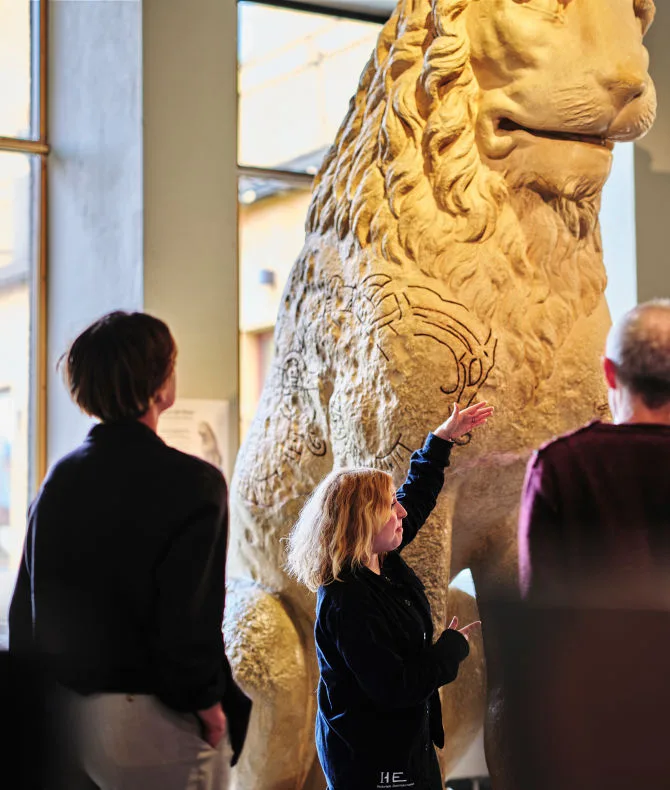When Scandinavia became Christian
Iron Age
500 BC – AD 1100
Viking Age
AD 800 – AD 1100
Middle Ages
AD 1050 – AD 1520

While parts of what later became southern Sweden had been influenced by Christianity long before the Viking Age, it would take a long time before northern Scandinavia became Christian. In truth, it was not a single conversion, but many. In some regions, conversion was swift: landscapes and traditions changed within a generation or two. In other areas it took several centuries. By the 12th century the Christian church organisation was fully established in what is now southern and central Sweden.
Missionaries in the North
The missionary Ansgar tried to preach the Christian faith in Birka as early as the 9th century. His efforts seem to have met with limited success. He came from the Catholic headquarters for northern Europe, the archdiocese of Hamburg-Bremen, which was eager to gain influence in Scandinavia. From there missionaries were sent out.
Ideas of Orthodox Christianity also reached the North, but from the east, and missionaries and bishops came as well from the British Isles. Real results did not appear until the late 10th century, and more so in the 11th. By then churchmen had succeeded in persuading the powerful in society to accept baptism, build churches, and appoint bishops.

Crozier
Bronze crozier with images of Jonah. Possibly made on the British isles.
For the ruling elite, conversion brought great advantages. The clergy were skilled administrators and builders of society. They could impart knowledge about how kingdoms were to be created. A Christian king was a very different sort of ruler from the Scandinavian kings of the Viking Age. The new Christian monarchy claimed new rights and employed new and more effective instruments of power.
New traditions
The coming of Christianity thus brought a new type of kingship, but also much else. All the old burial grounds were closed, and the dead were now to be interred in new churchyards. Whereas before there was often a burial place for each village, or even each farm, there were now to be far fewer, one per parish. In earlier times, the dead in the family burial field had been tied to the living relatives’ rights to farms and land. Now all were to be part of the greater Christian community centred on the church.

Crucifix
This famous little crucifix was found in a wealthy woman’s grave in Birka. She had probably worn it as a pendant on a chain around her neck. The crucifix dates from the 9th century and is the oldest in Sweden. It was made by a Scandinavian smith who was likely more accustomed to working with pagan animal ornamentation. Found in grave Bj 660, Birka.
On view at Historiska museet in the exhibition Guldrummet






